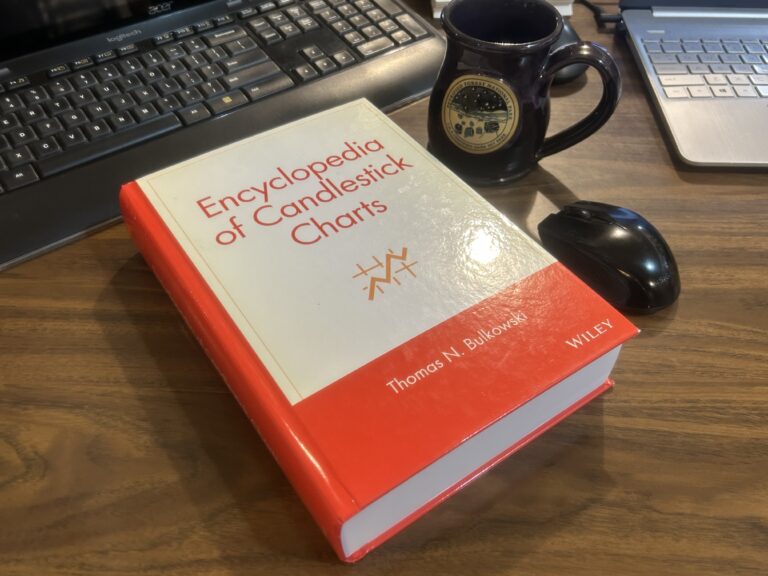The Rule of 40 is a financial metric used to evaluate the efficiency of Software-as-a-Service (SaaS) companies. It helps investors assess whether a SaaS company is balancing growth and profitability effectively.
How It Works:
The formula is simple: Revenue Growth Rate (%) + Profit Margin (%) = 40% or higher
If a SaaS company’s combined growth rate and profit margin meet or exceed 40%, it is considered financially healthy and efficiently managed.
Why It Matters:
- SaaS companies often prioritize growth over profitability in their early stages.
- Helps investors determine whether a company is scaling sustainably.
- A company with low growth but high profit margins may still be attractive.
- Conversely, a high-growth company with low profitability can still be viable if it clears the 40% threshold.
Examples:
Salesforce
- Revenue Growth: ~11.2%
- EBITDA Margin: ~25%
- Rule of 40 Score: 36.2% (slightly below the threshold)
- Salesforce is a dominant SaaS company, but its focus on expansion and acquisitions sometimes lowers its profitability
Zoom
- Revenue Growth: ~50% (during peak pandemic)
- EBITDA Margin: ~30%
- Rule of 40 Score: 80% (well above the threshold)
- Zoom experienced explosive growth during the pandemic, easily clearing the 40% threshold
Adobe
- Revenue Growth: ~15%
- EBITDA Margin: ~30%
- Rule of 40 Score: 45% (healthy balance)
- Adobe maintains strong profitability while growing steadily, making it a solid SaaS investment
The Rule of 40 helps investors assess whether a SaaS company is scaling efficiently. Some companies prioritize growth, while others focus on profitability—but the best ones strike a balance.








